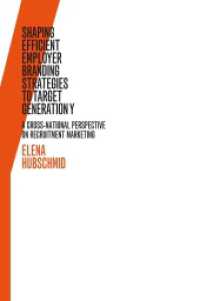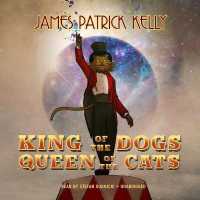Full Description
The third edition of Investigating Culture: An Experiential Introduction to Anthropology, the highly praised innovative approach to introducing aspects of cultural anthropology to students, features a series of revisions, updates, and new material.
Offers a refreshing alternative to introductory anthropology texts by challenging students to think in new ways and apply cultural learnings to their own lives
Chapters explore key anthropological concepts of human culture including: language, the body, food, and time, and provide an array of cultural examples in which to examine them
Incorporates new material reflecting the authors' research in Malawi, New England, and Spain
Takes account of the latest information on such topical concerns as nuclear waste, sports injuries, the World Trade Center memorial, the food pyramid, fashion trends, and electronic media
Includes student exercises, selected reading and additional suggested readings
Contents
Acknowledgments xi
1 Disorientation and Orientation 1
2 Spatial Locations 33
3 All We Have Is Time 79
4 Language: We Are What We Speak 113
5 Relatives and Relations 155
6 Our Bodies, Our Selves 193
7 Food for Thought 239
8 Clothing Matters 289
9 VIPs: Very Important People, Places, and Performances 341
Index 397








